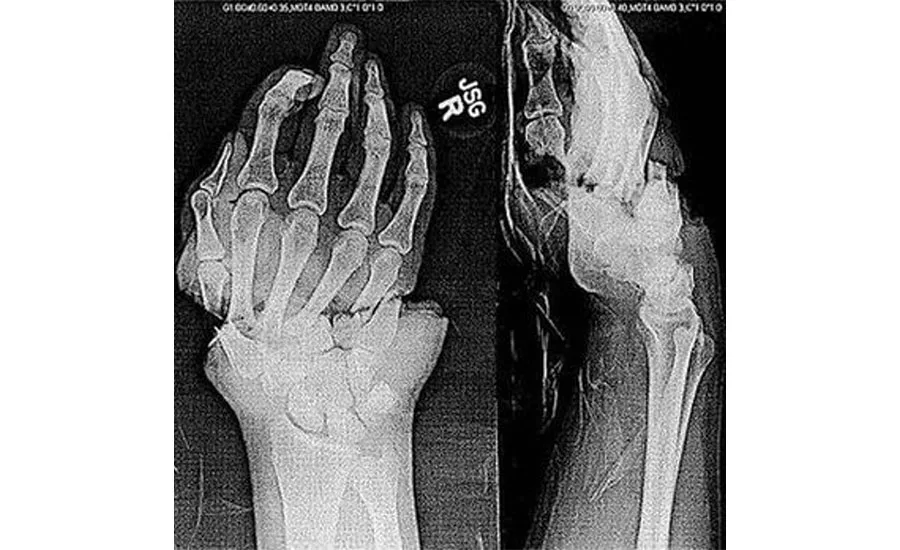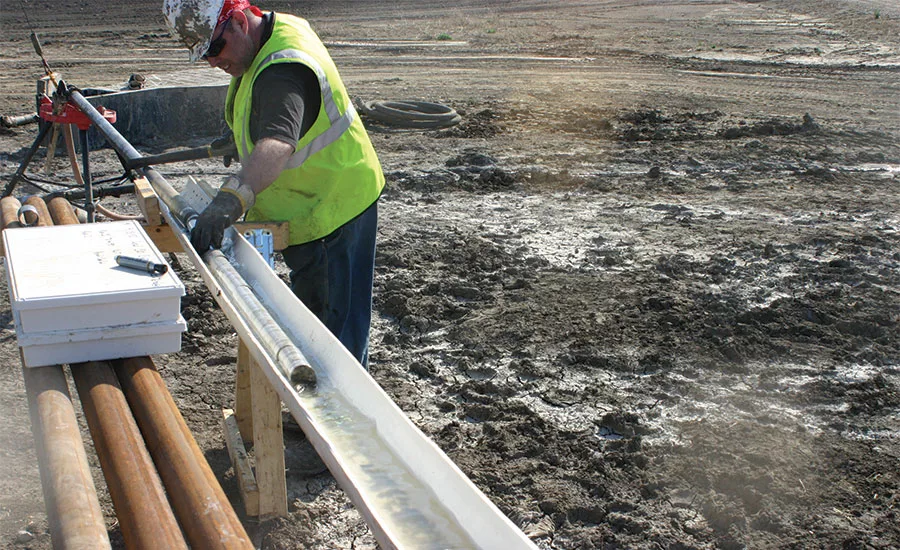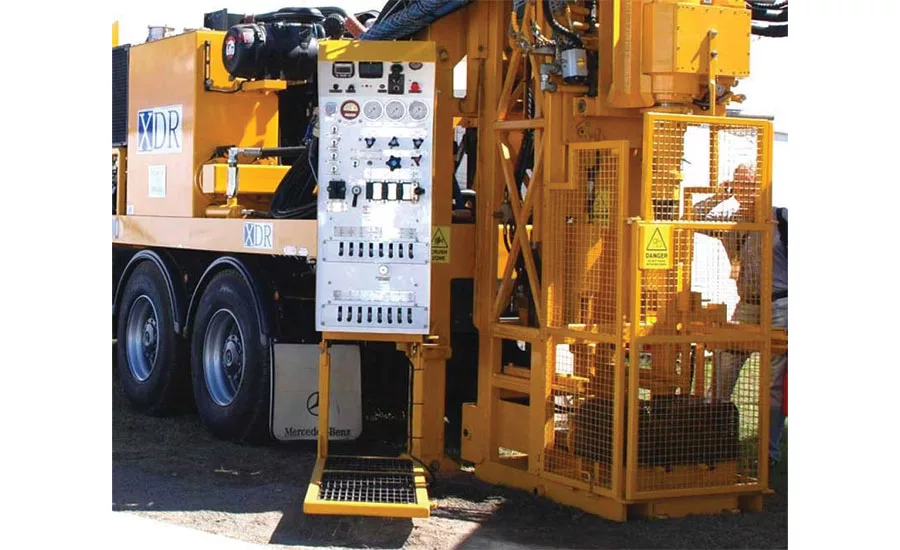Tips for Hand Safety on Drilling Jobs


Use the proper gloves for the task at hand. What works for logging may not be adequate for tripping.
Source: David Bowers photos

From rigs to powered hand tools, if it has a safety guard, it’s important to use it.
In my job as a drilling instructor, there are few phrases I say more often than “watch your hands” —followed closely by, “Where are your gloves?” These phrases are not said exclusively to new apprentices and apprenticeship candidates. No, it seems some people are unaware or nonchalant about what could happen by having their hand in the wrong place at the wrong time. Still others choose not to protect their hands with gloves at all. Usually these workers will say, “I can’t feel things right” or, “I need more dexterity than I have with gloves.” Or simply, “I cannot stand wearing gloves.”
We have all done it: gotten busy with the task at hand and forgotten to don our gloves — or placed ourselves in the wrong spot. Just the other day, I was working on building a manifold in the shop using a pipe wrench to tighten a pipe onto a valve. I finished the connection and removed the piece from the vise to apply Teflon tape to the other end of the pipe. I turned the manifold over and, “Ouch!” A burr nicked me at the base of my middle finger. My partner, hearing this, took the opportunity to ask with great enthusiasm, “Where are your gloves?”
He was right, and after he said that, I remembered a conversation I had with my friend Brock Yordy just a couple of days before this incident. We spoke about lost-time injuries. In drilling, hands and fingers are by far the most common LTIs. That conversation got me thinking of writing about this topic for this month’s article. After all, your hands are part of almost every activity you do at work or at home. Protecting them is imperative.
- According to the International Association of Drilling Contractors (IADC), hand and finger injuries make up over 40% of total recordable injuries annually.
- 70% of hand injuries occur because hand protection is inadequate or missing.
- 20% of disabling workplace injuries involve hands.
- 30% of hand injuries are caused by wearing the wrong or ill-fitting gloves.
- The average lost-time puncture wound to the hand costs $53,000 in lost productivity, wages and care.
Your hands are part of almost every activity you do at work or at home. Protecting them is imperative.
The big culprits are hand placement and a lack of diligence around pieces of tubular (pipe, casing or rod). By placing a hand in the bottom end and guiding casing in as it is lifted, crew members put themselves in a really dangerous position. If the piece slips while being hoisted, a crushing or amputation injury could result.
This reminds me of an unfortunate story a driller I once worked with told me. He had a new helper who was a greenhorn for work on a coring rig working for the gold mines in Nevada. The hole was already hundreds of feet deep and they were tailing in sections of H 3-inch core rod.
The greenhorn kept grabbing the next section to be hoisted by placing his hand in the open end of the rod secured to the rig with a hoisting plug. The driller repeatedly told the helper not to grab the rods that way, and to grab around the bottom of the rod 2 or 3 feet up. The helper did not listen and the driller should have shut down and explained to him just what could happen. Instead, the driller got tired of repeating himself and just stopped correcting the helper.
After about a week, the inevitable happened. A hoisted rod had just cleared the string when it unexpectedly dropped and contacted the downhole string, severing the four fingers on his dominate hand. To make matters worse, the fingers — still in a glove — dropped down the inside of the string and would have taken hours of tripping pipe to retrieve. They drove to the hospital without the possibility of reattaching the poor man’s fingers.
Training in correct hand placement, and strong, repeated reinforcement of company safety guidelines could have prevented this horrific injury. Drillers and helpers also need to advocate for their own safety on the jobsite. Use these tips to help keep hands — yours and your crews — safe on a drilling rig.
- Always stay alert and focused on keeping your hands safe — not just when starting work or a new task.
- Keep guards on machinery and power tools in place.
- Use tools and equipment designed for the work being performed, and use them as intended by the manufacturer.
- Don’t put your hands or fingers near moving parts of drilling equipment.
- Make sure equipment is secured completely and no hands are on levers or controls before adding, cleaning or repairing drilling tools.
- Identify and test safety features on tools and equipment used.
- Check tools and equipment every shift to make sure they are in proper working order.
- Keep hands and fingers away from sharp edges (blades, casing ends, etc.).
- Wear gloves that fit your hand and are right for the work being performed. Not all gloves protect against all hazards.
- Do not wear rings, other jewelry or lose articles of clothing that could get caught on a moving object.
To check out more of our columns, click here!
Stay alert and safe, my friends. Keep your gloves on and continue to enjoy the good things in life: casting a line, petting a dog, holding your child or grandchild’s hand, and anything else that makes you or the ones you love happy. After all, our hands are just an extension of our heart.
Looking for a reprint of this article?
From high-res PDFs to custom plaques, order your copy today!




